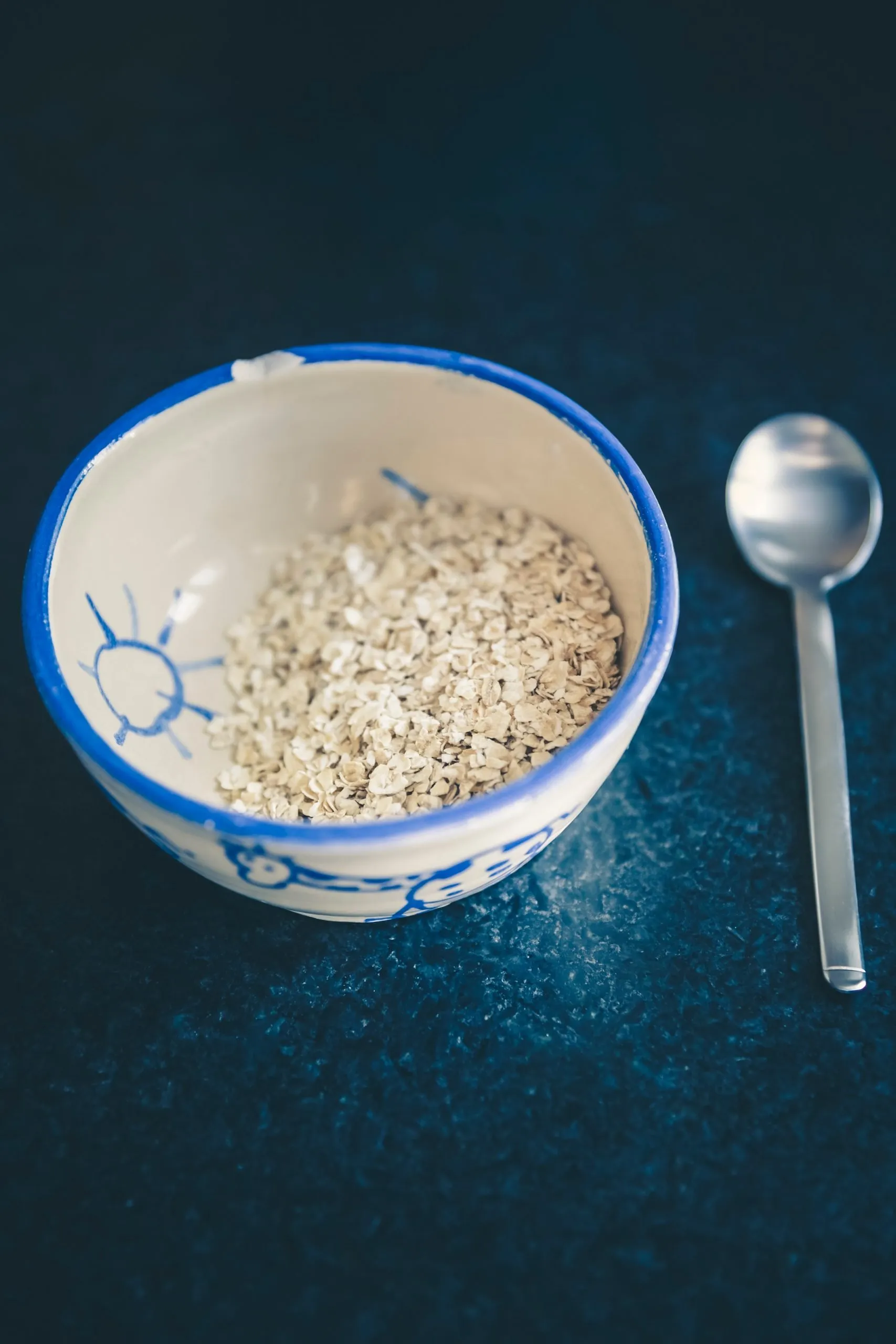Understanding Whitening Strips and Their Impact
Whitening strips have become a popular and accessible method for enhancing the brightness of your smile. These strips typically contain a concentration of hydrogen peroxide or carbamide peroxide, which are the active agents that work to break down the stains and discoloration on your teeth. The active ingredients penetrate the enamel and dentin layers of your teeth, oxidizing the stain molecules, and making them less visible. The process doesn’t just whiten the surface; it works to lift the stains from within the tooth structure, contributing to a more uniform and radiant appearance. This chemical process, however, makes your teeth more susceptible to staining from external factors, such as food and drinks, immediately after the treatment. Understanding this sensitivity is crucial for maximizing the effectiveness of the whitening strips and ensuring the longevity of your brighter smile.
How Whitening Strips Work on Your Teeth
The core mechanism behind whitening strips involves a chemical reaction. The peroxide-based bleaching agent reacts with the stained molecules embedded in the enamel and dentin. This reaction breaks down these stain compounds into smaller, less visible components, resulting in the appearance of whiter teeth. The effectiveness can vary based on the concentration of the whitening agent, the duration of application, and the initial level of staining. The process essentially reverses the discoloration that has accumulated over time due to factors like diet, age, and lifestyle habits. As the active ingredients do their work, the enamel temporarily becomes more porous, making it more vulnerable to new stains. This is why it’s so crucial to be mindful of what you consume immediately after using whitening strips.
The Importance of Following Instructions

Following the instructions provided with your whitening strips is paramount for achieving the best results and avoiding potential complications. These instructions usually specify the duration of application, the frequency of use, and importantly, dietary restrictions. Adhering to these guidelines helps to protect your teeth during the sensitive post-treatment period, ensuring the whitening process is effective and your teeth don’t become re-stained quickly. Ignoring these instructions can lead to suboptimal whitening outcomes and increase the risk of tooth sensitivity or other adverse effects. This also affects the longevity of the whitening effect and the overall health of your teeth. Make sure you are familiar with the product guidelines before starting the whitening process to guarantee the best possible results.
What to Avoid After Whitening Strips
Immediately after using whitening strips, certain foods and drinks should be avoided to prevent staining. These include highly pigmented items that can easily transfer color to your teeth. Coffee, tea, red wine, and dark sodas are common culprits. Foods like berries, soy sauce, and tomato-based sauces should also be avoided. Acidic foods and drinks can also potentially weaken the enamel, making it more susceptible to stains. The duration for which you need to avoid these items varies, but generally, it is recommended to avoid them for at least one to two hours after each treatment. This waiting period gives your enamel time to re-mineralize and become less porous, reducing the likelihood of stains setting in. This helps the whitening process to give the best results.
Foods and Drinks That Stain Your Teeth
Several foods and drinks are notorious for staining teeth due to their intense color and/or high acidity. Coffee and tea, both highly popular beverages, contain tannins, which are compounds that can stain teeth. Red wine, with its rich pigment and acidity, is another major offender. Dark-colored sodas, such as cola, also pose a risk. On the food front, berries (especially blueberries, blackberries, and raspberries), soy sauce, balsamic vinegar, and tomato-based sauces are all known to contribute to staining. Moreover, highly processed foods often contain artificial dyes and colorings that can also discolor teeth. Being mindful of these items and limiting their consumption, especially in the hours following a whitening treatment, is key to maintaining a bright smile.
Foods and Drinks You Can Safely Consume

While many foods and drinks should be avoided after using whitening strips, there are safer options you can consume. Generally, foods and beverages that are light in color and low in acidity are considered safe. This includes white foods like plain rice, pasta, and white bread. Drinks such as water and milk are excellent choices. Clear sodas can be consumed in moderation, but always be mindful of their acidity and sugar content. Plain chicken, fish, and other light-colored proteins are also generally safe. Snacks such as plain crackers and some dairy products can also be included. Choosing these foods and beverages after whitening strips will protect your newly whitened teeth from staining.
The Ideal Waiting Time After Whitening Strips
The waiting time before eating or drinking anything after using whitening strips is crucial for maximizing the results. As a general rule, it’s advisable to wait for at least one to two hours. This timeframe allows the enamel to partially re-harden and become less susceptible to staining. Some dentists suggest waiting even longer, up to three or four hours, for the best results, especially if you’ve consumed something that’s potentially staining. During this time, it’s best to avoid all but the lightest colored foods and drinks, such as water. Longer waiting times provide your teeth with more time to recover and minimize the risk of discoloration. By adhering to these guidelines, you can substantially enhance the efficacy of the whitening process and preserve your bright smile for an extended duration.
Factors Influencing Waiting Time
Several factors can influence the optimal waiting time after using whitening strips. The concentration of the whitening agent is a key consideration; stronger formulations might require a longer waiting period. The sensitivity of your teeth is another factor. If you have sensitive teeth, you may want to be extra cautious and extend the waiting time to avoid any discomfort. The instructions on the product packaging are also very important, as they can provide specific guidance on the waiting period. Your dietary habits also have an effect; if you tend to consume highly pigmented foods and drinks, you should wait longer to minimize staining. Lastly, individual variations in enamel porosity and oral health can influence how long you need to wait before eating or drinking. It is essential to consider these factors to personalize your after-whitening care routine.
Maximizing Your Whitening Results

To maximize the effectiveness of your whitening treatment, it’s crucial to follow the instructions on the product packaging, paying close attention to the recommended duration of use and frequency. Proper application is key; ensure that the strips cover your teeth evenly and that they make full contact with your teeth’s surfaces. Also, be consistent with your treatments, sticking to the recommended schedule. Be sure to avoid staining foods and drinks for the recommended time after each treatment. Maintaining good oral hygiene is essential for supporting your whitening results. Regular brushing, flossing, and dental check-ups can also help to keep your teeth bright and healthy. Consider using a whitening toothpaste or mouthwash, but consult your dentist before doing so.
Tips for a Bright and Healthy Smile
Beyond the immediate post-whitening care, maintaining a bright and healthy smile involves a comprehensive approach to oral hygiene and lifestyle choices. Practice good oral hygiene habits. Brush your teeth at least twice a day and floss daily to remove plaque and food particles. Regular dental check-ups are vital for professional cleanings and early detection of any dental issues. Limit your intake of staining foods and drinks. Consider drinking beverages like coffee and tea through a straw to reduce contact with your teeth. Avoid smoking and tobacco products, as these can significantly stain your teeth. Consider incorporating teeth-whitening products like toothpaste and mouthwash into your routine, but be sure to consult your dentist before. Maintain a balanced diet rich in fruits and vegetables, which can promote overall oral health.
Other Considerations after Whitening Strips
In addition to dietary restrictions and waiting times, other factors influence post-whitening care. Be mindful of your oral hygiene routine. While brushing is essential, wait at least 30 minutes after using the strips before brushing to avoid abrasion. Use a soft-bristled toothbrush and fluoride toothpaste to protect your enamel. Be aware of any sensitivity you experience. If you notice increased sensitivity, consider using a toothpaste designed for sensitive teeth. Protect your teeth from further staining by limiting exposure to smoking and tobacco. Ensure you are hydrated by drinking plenty of water; this can help maintain saliva production. Finally, avoid any harsh oral habits like using hard toothpicks or chewing on hard objects, as these can potentially damage your enamel. Consistent care contributes to the longevity of the whitening effects.
Maintaining Your Results

Maintaining the results of your whitening treatments involves a consistent and proactive approach. Continue to adhere to good oral hygiene practices, including regular brushing, flossing, and dental check-ups. Avoid or limit the consumption of staining foods and drinks, especially those known to discolor teeth. Consider using a whitening toothpaste and mouthwash as part of your daily routine to help maintain brightness. Schedule periodic touch-up treatments using whitening strips or other methods. This may involve repeat applications every few months, depending on your habits and lifestyle. Avoid smoking and other tobacco products. If you are a smoker or tobacco user, it’s important to understand that these products can significantly diminish the results of your whitening treatments. By being proactive and taking a consistent approach, you can enjoy a brighter smile for a longer duration.
The Role of Oral Hygiene
Oral hygiene plays a crucial role in the longevity of your teeth whitening results and overall oral health. Brushing your teeth twice a day is essential to remove plaque, food particles, and surface stains. Flossing daily helps to remove debris from between your teeth, which your toothbrush can’t reach. Rinsing with an antibacterial mouthwash can help to kill bacteria and freshen breath, but be cautious of mouthwashes that contain staining agents. Regular dental check-ups are also very important, as your dentist can identify and address any dental issues and perform professional cleanings to remove plaque and tartar. Using the right products, like a soft-bristled toothbrush and fluoride toothpaste, can minimize the risk of enamel damage and ensure effective cleaning. Consistent, diligent oral hygiene practices contribute significantly to the overall health and appearance of your teeth.
When to Consult a Dentist
While whitening strips are generally safe, it’s crucial to know when to seek professional dental advice. If you experience any significant tooth sensitivity or gum irritation, consult your dentist promptly. They can assess the cause of the sensitivity and recommend appropriate solutions. If you have existing dental work, such as fillings, crowns, or veneers, you should consult your dentist before using whitening strips. These restorations do not whiten with whitening strips, and you might require professional treatment to achieve a consistent shade. Consult your dentist if you have any underlying dental conditions, such as cavities, gum disease, or enamel erosion. They can determine if whitening is appropriate for you and provide professional alternatives if needed. Finally, it’s always a good idea to discuss your teeth-whitening goals and any concerns you have with your dentist to ensure you are taking the right approach to achieve a healthy, beautiful smile.
